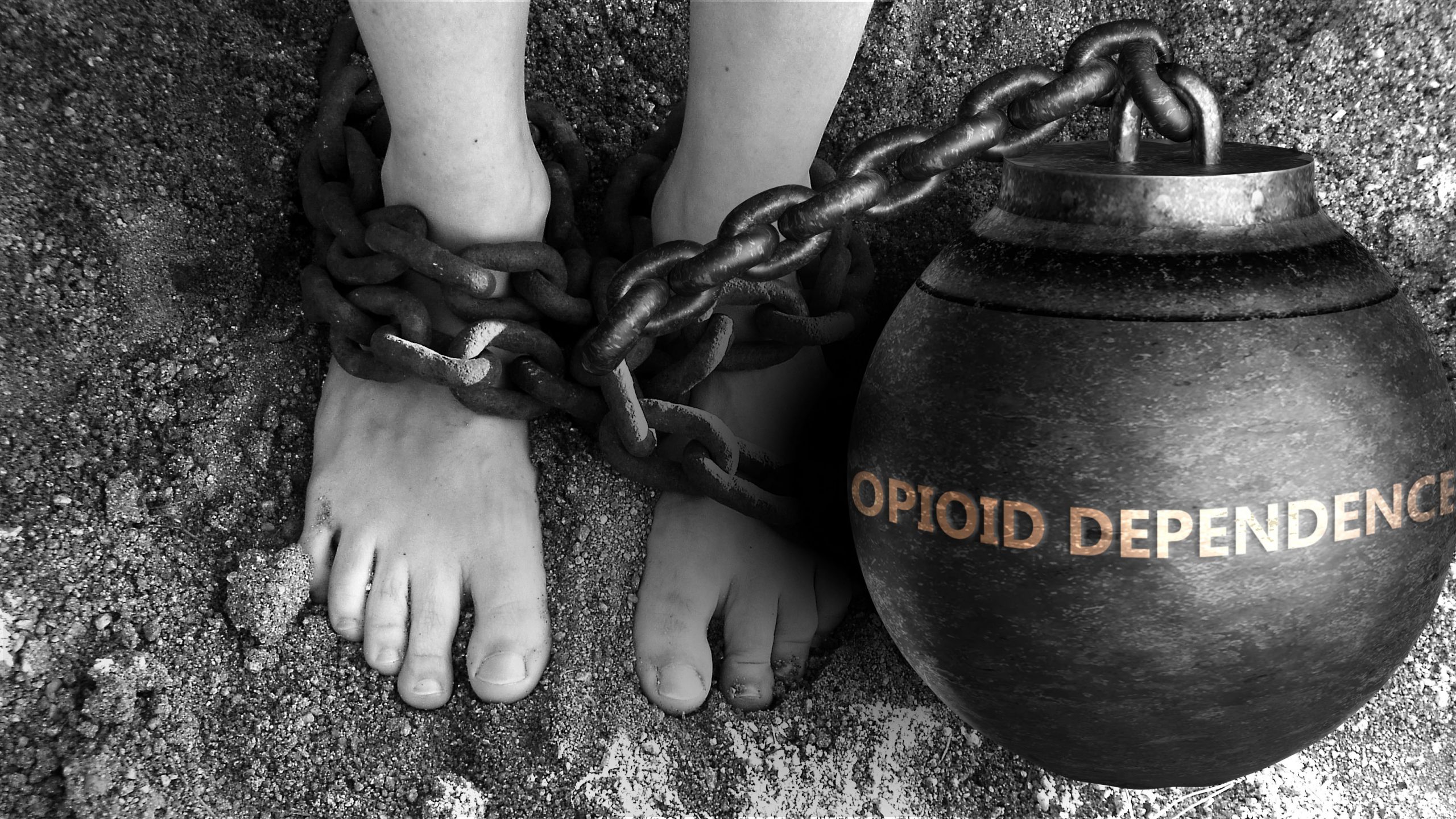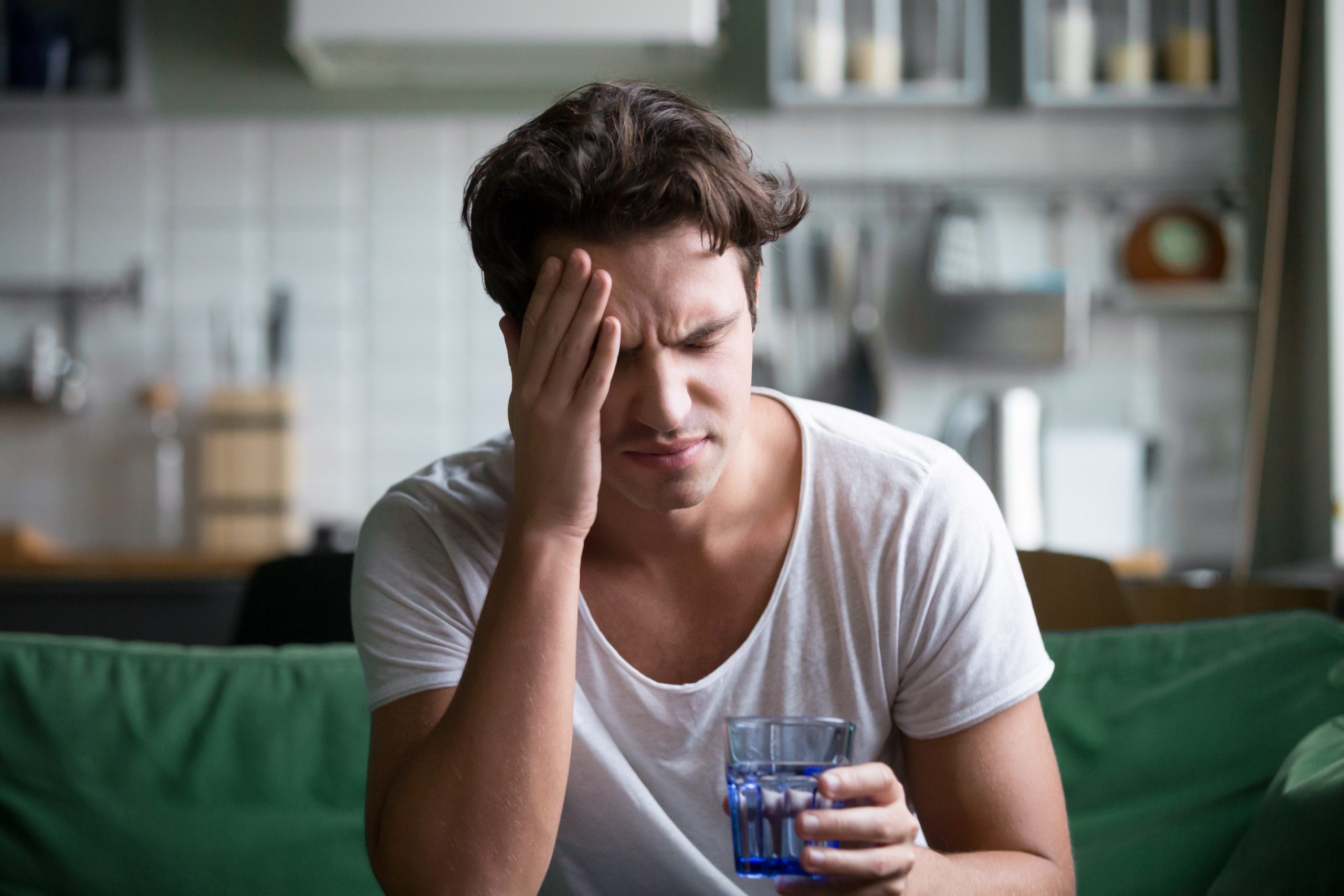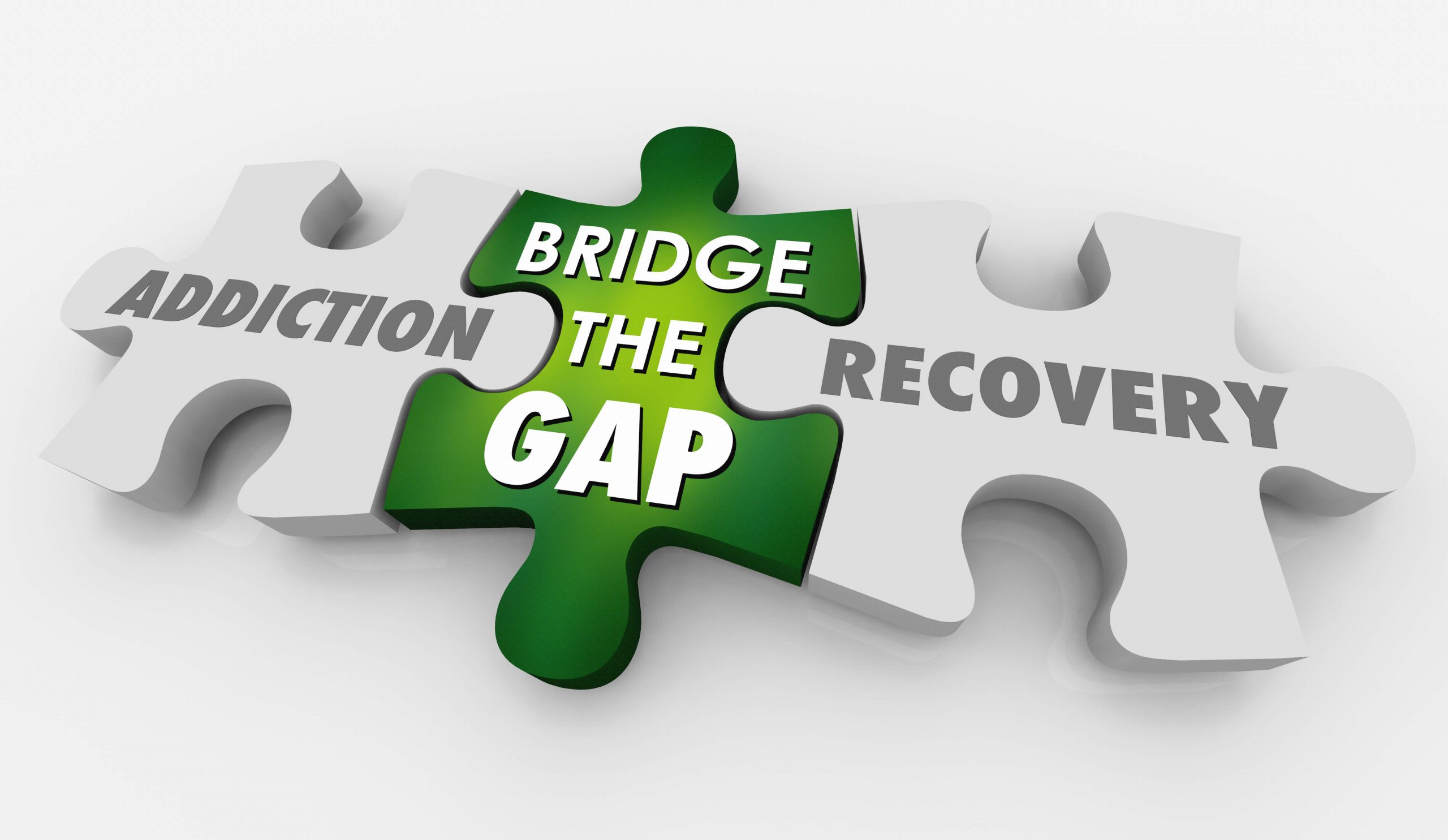Gabapentin, sold under names like Gralise, Horizant, and Neurontin, has become a popular choice for treating nerve pain, partial seizures, and shingles-related discomfort. Initially viewed as a safer alternative to opioids during the opioid crisis, its growing use has revealed some unexpected and worrying trends. Both medical professionals and law enforcement are now raising concerns about its misuse and the increasing number of overdose deaths linked to it. This article covers the latest information on Gralise, including its uses, potential for abuse, addiction risks, and the treatment options for those struggling with dependency.
Understanding the Side Effects of Gabapentin (Gralise)
Gabapentin can be very effective for managing certain types of pain and seizures, but it’s important to be aware of its side effects. Common issues include dizziness, drowsiness, and peripheral edema. Some people might experience more serious problems like mood swings, memory issues, or an increased risk of breathing difficulties, especially if they have chronic obstructive pulmonary disease (COPD). Other notable side effects of gabapentin include severe sleepiness, unexpected muscle pain, and allergic reactions such as skin rash. Patients and doctors need to weigh these risks and benefits when considering gabapentin as a treatment option.
Can Gralise Lead to Gabapentin Misuse and Addiction?
 Although gabapentin isn’t classified as a controlled substance at the federal level, its potential for abuse is becoming a bigger concern. For instance, Kentucky has reclassified it as a controlled substance because it has been found in many overdose deaths. Studies show that gabapentin, especially when used with opioids like heroin, can enhance euphoric effects, increasing the risk of addiction and overdose. Gabapentin misuse can lead to serious health issues, particularly when combined with other drugs. The Food and Drug Administration has issued warnings about the potential for gabapentin abuse. When taking gabapentin, it is crucial to follow medical advice to avoid potential misuse and addiction
Although gabapentin isn’t classified as a controlled substance at the federal level, its potential for abuse is becoming a bigger concern. For instance, Kentucky has reclassified it as a controlled substance because it has been found in many overdose deaths. Studies show that gabapentin, especially when used with opioids like heroin, can enhance euphoric effects, increasing the risk of addiction and overdose. Gabapentin misuse can lead to serious health issues, particularly when combined with other drugs. The Food and Drug Administration has issued warnings about the potential for gabapentin abuse. When taking gabapentin, it is crucial to follow medical advice to avoid potential misuse and addiction
Managing Gralise Withdrawal: A Comprehensive Guide to Gabapentin Withdrawal Symptoms
Withdrawal symptoms from gabapentin can be challenging, with symptoms ranging from anxiety and agitation to nausea and sweating. The timeline and severity of these symptoms can vary depending on the duration and dosage of use. Medical supervision is often recommended to manage gabapentin withdrawal safely, with a gradual tapering of the dosage to reduce severe symptoms. Gabapentin withdrawal symptoms can be particularly intense, requiring careful management to avoid complications such as withdrawal seizures.
Gralise and Alcohol: What You Need to Know
Mixing gabapentin with alcohol can be very dangerous. Both substances depress the central nervous system, leading to increased dizziness, drowsiness, and potentially serious respiratory depression. This combination significantly raises the risk of accidents and can be life-threatening, so it’s crucial to seek medical advice before combining them. Alcohol withdrawal can exacerbate the effects of gabapentin withdrawal symptoms, leading to more severe health complications. Alcohol dependence further complicates the withdrawal process and can lead to severe outcomes.
Effective Detox Strategies for Gralise Users
Detoxing from gabapentin should be done carefully. Medical detox programs offer a safe and structured environment where patients can get comprehensive support. These programs usually involve a slow reduction in dosage, monitoring for withdrawal symptoms, and using other medications to manage discomfort. Psychological support is also essential to address any underlying issues related to the addiction. Addressing substance misuse holistically ensures a better outcome for long-term recovery. Detox strategies also focus on managing symptoms like severe sleepiness, mood disorders, and pain signals effectively.
Treatment Options for Gralise Dependency and Substance Abuse
For those dealing with gabapentin addiction, various treatment options are available. Inpatient rehab programs offer intensive, round-the-clock care, while outpatient programs provide flexibility for those who need to maintain daily responsibilities. Therapy, both individual and group, plays a crucial role in treatment, helping individuals understand the root causes of their addiction and develop strategies to cope. Aftercare programs, including alumni support, are also vital for preventing relapse and supporting long-term recovery. Treatment often involves managing chronic pain, neuropathic pain, and other conditions that led to gabapentin use initially.
Understanding How Gabapentin Works for Nerve Pain
 Gabapentin works by affecting the brain’s gamma aminobutyric acid (GABA) receptors, which helps to control partial seizures and treat partial seizures. It’s also used to treat conditions like restless legs syndrome and postherpetic neuralgia. Gabapentin is FDA-approved to treat partial seizures in both adults and children with epilepsy. However, the exact mechanism of how gabapentin works is not fully understood. It is also widely prescribed to treat nerve pain associated with neuropathy. It’s believed to inhibit excitatory neurotransmitters and stabilize abnormal electrical activity in the brain, reducing pain and seizure frequency.
Gabapentin works by affecting the brain’s gamma aminobutyric acid (GABA) receptors, which helps to control partial seizures and treat partial seizures. It’s also used to treat conditions like restless legs syndrome and postherpetic neuralgia. Gabapentin is FDA-approved to treat partial seizures in both adults and children with epilepsy. However, the exact mechanism of how gabapentin works is not fully understood. It is also widely prescribed to treat nerve pain associated with neuropathy. It’s believed to inhibit excitatory neurotransmitters and stabilize abnormal electrical activity in the brain, reducing pain and seizure frequency.
Additional Considerations
It’s important to monitor for warning signs of gabapentin abuse and dependence. Patients should be aware of the potential for substance abuse and take steps to avoid misuse. Stopping gabapentin suddenly can lead to severe drug withdrawals, so it’s crucial to follow a healthcare provider’s instructions. Gabapentin prescriptions should be used only as directed, and patients should be informed about the risks of higher doses and combining with alcohol or other central nervous system depressants.
Getting Help: United Recovery Project Rehab
 If you or a loved one is struggling with gabapentin dependency, it’s crucial to seek professional help. United Recovery Project offers a comprehensive range of treatment programs designed to address substance abuse and addiction. Our rehab programs include inpatient care for those needing intensive, round-the-clock support, as well as outpatient options for individuals who require more flexibility.
If you or a loved one is struggling with gabapentin dependency, it’s crucial to seek professional help. United Recovery Project offers a comprehensive range of treatment programs designed to address substance abuse and addiction. Our rehab programs include inpatient care for those needing intensive, round-the-clock support, as well as outpatient options for individuals who require more flexibility.
At United Recovery Project, we understand that each person’s journey to recovery is unique. Our personalized treatment plans include medical detox to manage withdrawal symptoms safely, individual and group therapy to address underlying issues, and aftercare programs to support long-term sobriety. Our dedicated team of professionals is committed to helping you regain control of your life and achieve lasting recovery.


